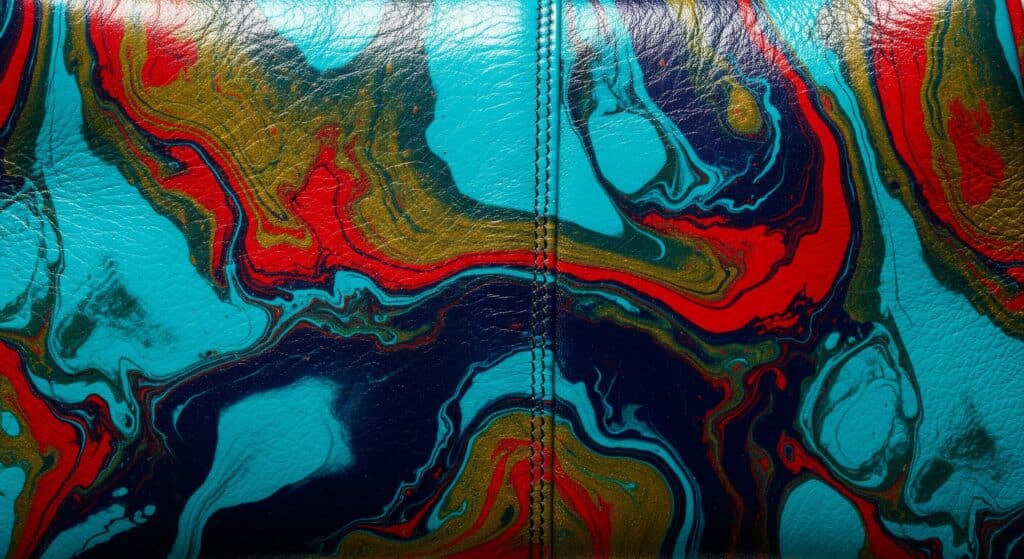Originally published on IPKat.
The EPO Board of Appeal decision in T 0687/22 confirms beyond doubt the relevance of G 2/21 to software inventions. The decision in T 0687/22 links the case law from G 1/19 and G 2/21 to highlight the importance of establishing a credible technical effect of software invention. The Patentee in the case made several attempts to formulate an objective technical problem solved by the invention based on several suggested technical effects. The Board of Appeal, citing both G 2/21 and G 1/19, was not convinced that the necessary criteria for relying on these purported technical effects were met.
Disclosure of a technical effect (G 2/21)
In G 2/21 the EBA found that post-filed evidence for technical effects can be used if “the skilled person, having the common general knowledge in mind, and based on the application as originally filed, would derive said effect as being encompassed by the technical teaching and embodied by the same originally disclosed invention.” (Headnote II). Subsequent Board of Appeal decisions have found that, following G 2/21, it is not necessary for applications to explicitly mention the technical effect relied on for inventive step or to provide experimental evidence in support of a technical effect.
According to T 0116/18, the technical effect relied on for inventive step only needs to be “conceptually comprised by the broadest technical teaching” and recognisable as “necessarily relevant to the claimed subject-matter.” T 2465/19 found that “the technical effect of an invention over the closest prior art need not be explicitly stated in the application, as long as it is derivable from the original application, in particular since the closest prior art may not have been known to the applicant when drafting it”. T 1994/22 nonetheless clarified that vague statements like providing “a quality product” are insufficient to support specific undisclosed technical effects (IPKat).
The applicability of G 2/21 to software inventions
Many of the Board of Appeal decisions to apply G 2/21 have been in biotech and chemistry field, including cases relating to a second medical use (T 0258/21, IPKat), polymorphs (T 1994/22, IPKat), and cheese (T 0629/22, IPKat). However, G 2/21 has also been applied to other fields, including semiconductors (T 2465/19, IPKat). Indeed, G 2/21 is relevant in any case for which there is a question about the disclosure of a technical effect relied on for inventive step in the application as filed.
There is a clear connection between G 2/21 and one of the central issues for software inventions, that of establishing features of the claimed invention that contribute a technical effect. According to the established case law in the software field, a feature may be only be relied on as contributing a technical solution to the objective problem to be solved in view of the closest prior art if the features provides a technical effect (see Case Law of the Boards of Appeal, I-D-9.2.8), see also the EBA decision in G 1/19). Given the importance of identifying a technical effect for the patentability of software inventions, the guidance from G 2/21 on the disclosure and evidence requirements for technical effects relied on for inventive step is highly relevant to the field.
Establishing a technical effect of a software invention (T 0687/22)
The patent at issue in T 0687/22 related to active occlusion cancellation in hearing devices (EP 3340653). T 0687/22 related to an appeal of the opposition division (OD) decision to maintain the patent in amended form. The Opponent appealed the OD decision, requesting that the patent be revoked.
The central issue in the case was whether the distinguishing features of the invention compared to the closest prior art provided a credible technical effect that solved an objective technical problem. Despite numerous attempts by the Patentee to identify a technical problem solved by the invention, including improved energy efficiency, circuit stability and flexibility, the Board of Appeal could not “identify any technical effect that can be credibly associated” with the distinguishing features (r. 2.3).
The Patentee submitted the alternative argument that the objective technical problem could be formulated as merely “providing for an alternative modification of the resulting signal based on the signal from the ear-canal microphone.” However, the Board of Appeal rejected this effect for being too broad, noting that “a modification introduced solely for the sake of differentiation from the prior art simply means that, at most, the novelty requirement of Article 54 EPC is met” but does not guarantee compliance with Article 56 EPC (r. 2.3.4).
Given the absence of a credible technical effect that could be associated with the distinguishing features of the claimed invention, the Board of Appeal concluded that none of the requests were allowable under Article 56 EPC. As a result, the patent was revoked.
Relevance of G 2/21 to software inventions
Interestingly, in its reasoning in T 0687/22, the Board of Appeal made a direct reference to both G 2/21 and G 1/19:
[w]hen following the problem-solution approach to assess inventive step in the case in hand, a technical effect associated with the distinguishing feature(s) of the invention must be identified on the basis of the claim wording to establish a credible objective technical problem (see e.g. G 1/19, Reasons 82 and 124 as well as G 2/21, Reasons 25). If no such technical effect can be identified, there is not necessarily any technical problem to be solved (see e.g. G 1/19, Reasons 49).
In reason 25 of G 2/21, cited by the Board of Appeal, the EBA noted:
The technical problem must be derived from effects directly and causally related to the technical features of the claimed invention. An effect could not be validly used in the formulation of the technical problem if the effect required additional information not at the disposal of the skilled person even after taking into account the content of the application in question.
T 0687/22 thus confirms the clear relevance of G 2/21 to software inventions, and specifically to the criteria for establishing a technical effect of the distinguishing features of the invention in the application as filed.
A possible avenue for the Patentee to rescue the case might have been to provide some post-published evidence of their purported technical effects. The Board of Appeal would then have had to assess whether the criteria of G 2/21 were met, namely whether the technical effect relied on was encompassed and embodied by the application as filed. However, no post-published evidence was submitted, and so this issue was not considered.
Final thoughts
While the focus of commentary about G 2/21 has been on its relevance to biotech and chemistry cases, its principles are equally applicable to software inventions. T 0687/22 confirms the relevance of G 2/21 to software inventions, and particularly the need to both establish a credible technical effect for your invention that is identifiable from the application as filed.
G 2/21 was not focused on the concept of plausibility, given that it was primarily concerned with the disclosure requirements for a technical effect relied on for inventive step. However, the focus of the decision in T 0687/22 on the credibility of the alleged effects is also a reminder that the concept of plausibility/credibility in inventive step is highly applicable to software inventions. More on this to follow!









